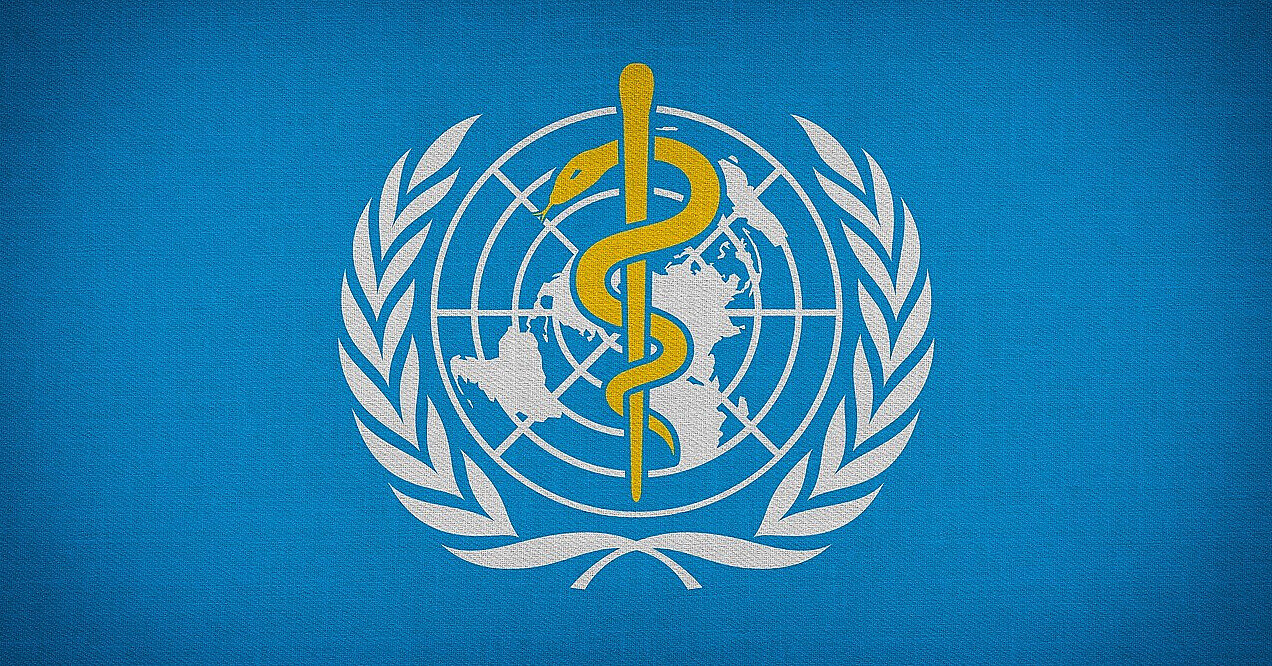12:00 (29.11.2024)
4753
WHO: About half of the world's population suffers from oral diseases
Most oral health conditions are largely preventable and can be treated in their early stages. Most cases are dental caries (tooth decay), periodontal diseases, tooth loss and oral cancers. Other oral conditions of public health importance are orofacial clefts, noma (severe gangrenous disease starting in the mouth mostly affecting children) and oro-dental trauma.
The WHO Global Oral Health Status Report estimated that oral diseases affect close to 3.5 billion people worldwide, with 3 out of 4 people affected living in middle-income countries. Globally, an estimated 2 billion people suffer from caries of permanent teeth and 514 million children suffer from caries of primary teeth.
Prevalence of the main oral diseases continues to increase globally with growing urbanization and changes in living conditions. This is primarily due to inadequate exposure to fluoride (in the water supply and oral hygiene products such as toothpaste), availability and affordability of food with high sugar content and poor access to oral health care services in the community. Marketing of food and beverages high in sugar, as well as tobacco and alcohol, have led to a growing consumption of products that contribute to oral health conditions and other NCDs.
Periodontal (gum) disease
Periodontal disease affects the tissues that both surround and support the teeth. The disease is characterized by bleeding or swollen gums (gingivitis), pain and sometimes bad breath. In its more severe form, the gum can come away from the tooth and supporting bone, causing teeth to become loose and sometimes fall out. Severe periodontal diseases are estimated to affect around 19% of the global adult population, representing more than 1 billion cases worldwide. The main risk factors for periodontal disease are poor oral hygiene and tobacco use.
Edentulism (total tooth loss)
Losing teeth is generally the end point of a lifelong history of oral disease, mainly advanced dental caries and severe periodontal disease, but can also be due to trauma and other causes. The estimated global average prevalence of complete tooth loss is almost 7% among people aged 20 years or older. For people aged 60 years or older, a much higher global prevalence of 23% has been estimated. Losing teeth can be psychologically traumatic, socially damaging and functionally limiting.
Oral cancer
Oral cancer includes cancers of the lip, other parts of the mouth and the oropharynx and combined rank as the 13th most common cancer worldwide. The global incidence of cancers of the lip and oral cavity is estimated to be 377 713 new cases and 177 757 deaths in 2020. Oral cancer is more common in men and in older people, more deadly in men compared to women and it varies strongly by socio-economic circumstances. Tobacco, alcohol and areca nut (betel quid) use are among the leading causes of oral cancer. In North America and Europe, human papillomavirus infections are responsible for a growing percentage of oral cancers among young people.
Oro-dental trauma
Oro-dental trauma results from injury to the teeth, mouth and oral cavity. Latest estimates show that 1 billion people are affected, with a prevalence of around 20% for children up to 12 years old. Oro-dental trauma can be caused by oral factors such as lack of alignment of teeth and environmental factors (such as unsafe playgrounds, risk-taking behaviour, road accidents and violence). Treatment is costly and lengthy and sometimes can even lead to tooth loss, resulting in complications for facial and psychological development and quality of life.
Risk factors
Most oral diseases and conditions share modifiable risk factors such as tobacco use, alcohol consumption and an unhealthy diet high in free sugars that are common to the 4 leading NCDs (cardiovascular disease, cancer, chronic respiratory disease and diabetes).
"Oral health is an important part of well-being, yet millions of people lack access to the services they need to protect and promote their oral health,” said Dr Tedros Adhanom Ghebreyesus, WHO Director-General.
That is why WHO is calling on governments to develop measures to improve access to prevention, diagnosis and treatment of oral diseases. In particular, the first ever global meeting on oral health, organized by WHO, is expected to approve a joint declaration adopted by delegations from more than 110 countries. This declaration aims to achieve oral health goals by 2030.
Prevention
The burden of oral diseases and other noncommunicable diseases can be reduced through public health interventions by addressing common risk factors.
These include:
- promoting a well-balanced diet low in free sugars and high in fruit and vegetables, and favouring water as the main drink;
- stopping use of all forms of tobacco, including chewing of areca nuts;
- reducing alcohol consumption; and
- encouraging use of protective equipment when doing sports and travelling on bicycles and motorcycles (to reduce the risk of facial injuries).
Adequate exposure to fluoride is an essential factor in the prevention of dental caries.
Twice-daily tooth brushing with fluoride-containing toothpaste (1000 to 1500 ppm) should be encouraged.















